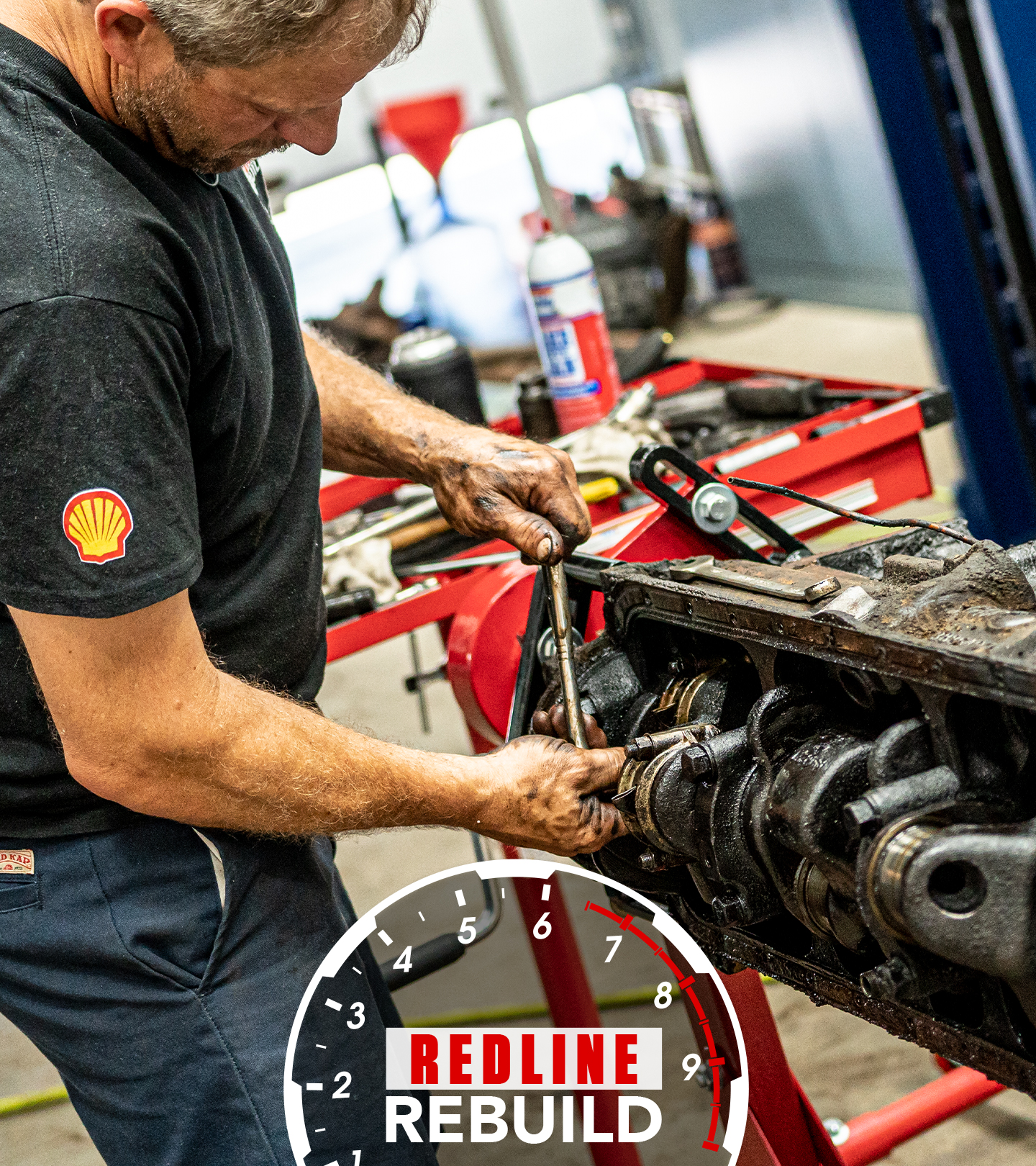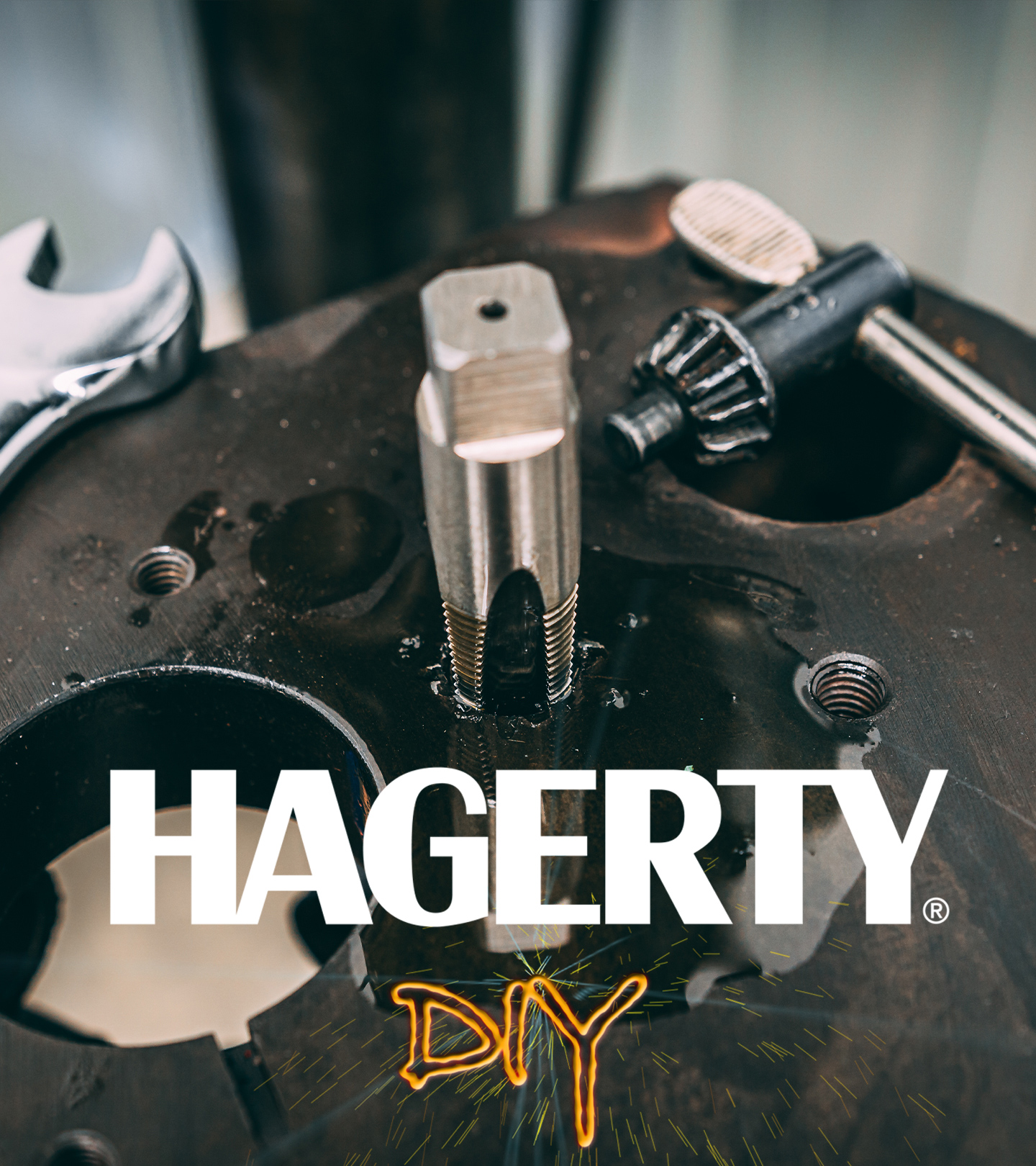Enjoy Off-roading stories, opinion, and features from across the car world - Hagerty Media
Jon Rood was standing by a dirt road in Arizona, watching one of the first races he had ever attended, when he saw a Volkswagen Golf from about a half-mile out. Something about it was not right. The closer it came, the worse it looked. Rood quickly realized that an entire corner of the suspension had been ripped off.
The car barely hobbled into its pit. Thirty minutes later, the crew had the car fixed and on its way. “I just thought that was the coolest thing I’d ever seen,” recalls Rood.
Within six months, Rood was crewing on various race teams, earning a reputation as a fast-thinker in panic situations, the guy who could get a car back on the road quicker than anyone. A year after that, he was building his own race car, a Ford Festiva.
20180327194404)
The motto in rally racing is “press on regardless,” but after three years of building and racing and destroying cars, Rood realized that pressing on as a race car driver required more time and money than he could justify. Not wanting to leave the sport behind entirely, however, he turned his mind toward a project he had been considering for some time.
Inspired by Toyota’s Group B Celicas—which he had seen back in the 1980s on ABC’s Wide World of Sports—Rood set out to build a car that he could use as both as a volunteer at rallies and as a weekend adventure vehicle for exploring Arizona’s mountains and deserts.
The result is his “expedition Celica,” a car that stands as a testament to Rood’s ingenuity as an engineer. Not to mention his sheer doggedness. When Rood first described the car to his friends from the rally world, they assured him that his idea stood somewhere between “dangerous” and “insane.”
“My friends didn’t think I could lift the front suspension and make it work without being, at a minimum, dangerous to drive,” says Rood. “They also didn’t think the rear suspension could be lifted without taking on dangerous driving characteristics.”
20180327194219)
20180327194416)
20180327194313)
20180327194349)
Starting with a 1984 Toyota Celica that he bought for $400, Rood took ideas and inspiration from across the racing world—including track cars, trophy trucks, and rally cars—as he figured out a way to bring his vision into being.
From the outset, a main concern was bump steer, a common ailment when homebrew mechanics start lifting cars and fiddling with their factory geometry.
In the front, Rood addressed this by dropping the suspension below the chassis by three inches and then tucking it toward the center from both sides by another three inches, thus allowing the control arm to move a much longer distance while still maintaining roughly the same angle of motion as it had in its factory form. This setup offers Rood approximately 8.5 inches of travel.
At the rear of the car, Rood found that the Celica (dubbed “Carlos”) offered only five inches of suspension travel because the car had a rear seat. So, out went the seat. In its place, Rood moved the upper part of the suspension into that space, which allowed him to keep the factory lower arms and achieve upwards of 10 inches of travel. Despite all these changes, Rood proudly points out that he is still able to run the factory wheels and has never had to cut a wheel well.
20180327194253)
Rood also knew that he couldn’t have a gas tank hanging too low beneath a car that would earn its keep over rough roads, so he repositioned a fuel cell higher up into the rear hatch area and moved the fuel filler to a higher, more accessible spot on the exterior.
Despite his limited budget, Rood nevertheless wanted his car to share the Group B Celica aesthetic, especially the fixed-headlight look that defined those cars’ appearance. With a few custom pieces of sheet metal, a grille from a Mazda pickup, and a bit of trimming here and there, Rood achieved an appearance that still makes him proud.
As planned, Carlos now sees use as Rood’s adventure vehicle, taking him and his wife on frequent camping trips. Rood also remains involved in the rally scene, where the home-grown creation is frequently called into service as a closing vehicle that makes sure all racers are safely off the course.
20180327194441)
In total, Rood has used the Celica in 15 rallies and has covered, he estimates, 8000-10,000 miles in the car since building it. The Celica just keeps going, and Rood’s philosophy remains unchanged: “Any day in the dirt is a good day.”










